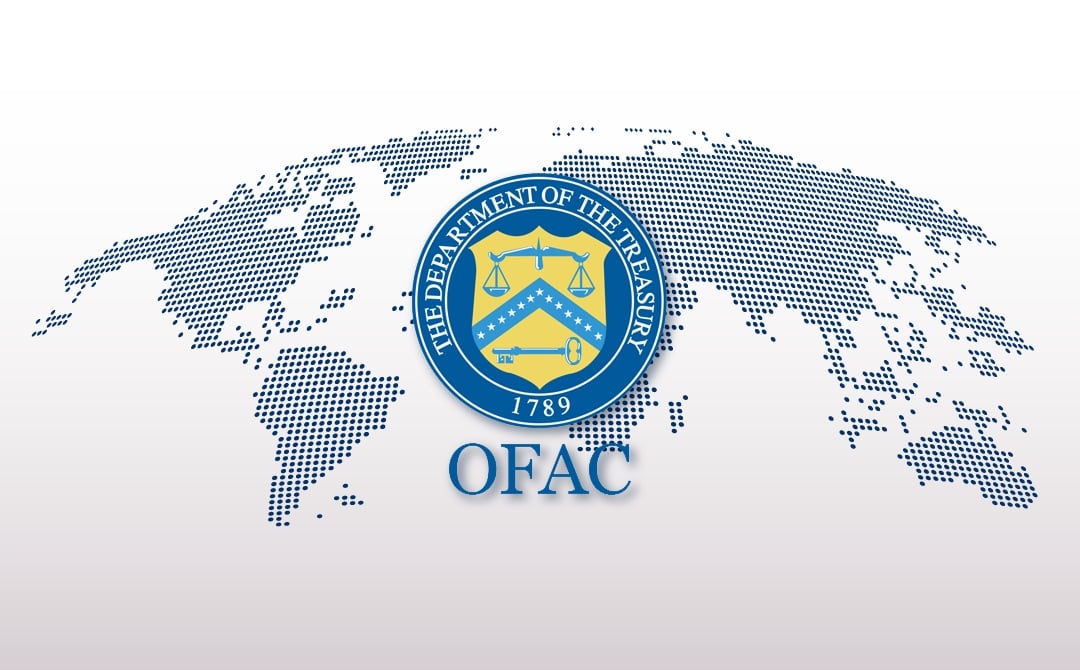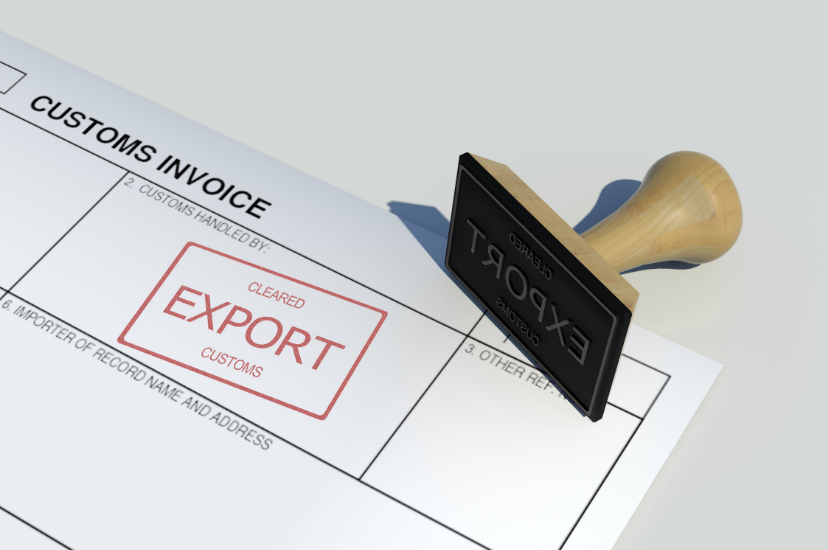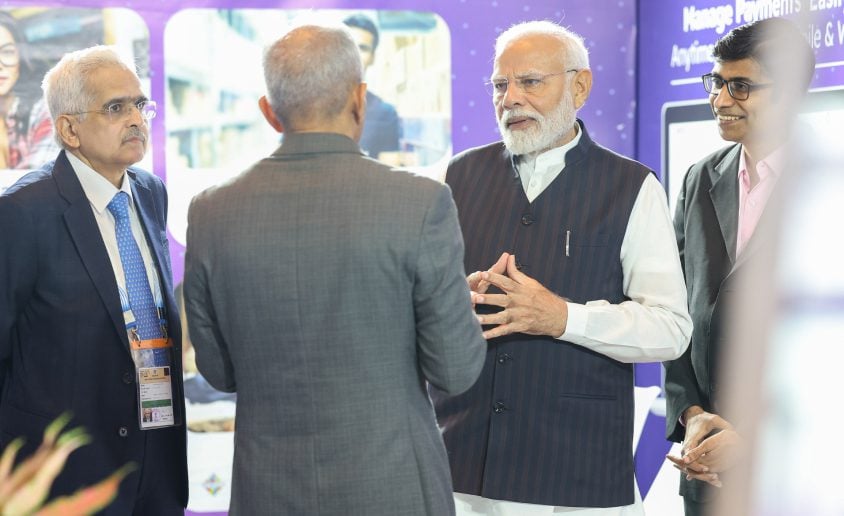When goods cross borders, money often needs to move differently than it does in local trade. That’s where export financing tools like buyer’s credit and supplier’s credit come in. Both help support international transactions, but they operate in distinct ways and present different advantages and risks for both the buyer (importer) and the seller (exporter). Understanding how each works helps businesses manage payment timelines, reduce financial risks, and meet contract terms effectively.
What are Trade Credits?
At their core, Trade Credits (TC) are financial arrangements that allow buyers (importers) to receive goods now and pay for them later. These credits can be provided by an overseas supplier, a bank, a financial institution, or other recognized lenders. Depending on who provides the money, these Trade Credits are generally split into Supplier’s Credit and Buyer’s Credit.
What Is Buyer’s Credit?
Buyer’s credit is a loan provided by a foreign bank to an importer (buyer) to pay for goods or services purchased from an overseas supplier. The exporter gets paid right away by the bank, and the importer pays the bank back later, usually at a lower interest rate than what they would find at home.
How Buyer’s Credit Works: The process typically starts when the importer and exporter (seller) agree on a commercial contract, detailing the goods, prices, and payment terms. The importer then asks an overseas bank for the loan. Once the loan is approved and given out, the importer uses these funds to pay the exporter immediately, often upon seeing the shipping documents. This removes the payment risk for the exporter. The importer then pays back the main loan amount plus interest to the overseas bank over an agreed-upon, longer period. This arrangement helps the importer pay for the purchase using money from their sales. This method is especially useful for large deals, often involving millions of dollars, particularly for big equipment or capital goods.
A key part of many Buyer’s Credit arrangements is the involvement of an Export Finance Agency (EFA) or Export Credit Agency (ECA) from the exporter’s country. This agency guarantees the loan to the bank that is lending the money, greatly reducing the risk of the importer not paying back the loan. This guarantee protects the lender and also makes it possible for exporters to take on bigger orders with confidence. For importers, this credit is often available for up to 20 million dollars, with repayment periods of about one year for general goods and up to three years for capital goods.
Benefits of Buyer’s Credit for the Importer:
- Longer Payment Periods: Importers get more time to pay, which helps them manage their money better.
- Stronger Negotiation Position: Since the exporter gets paid immediately through this credit, the importer can often ask for better prices or discounts.
- Access to Cheaper Loans: Foreign banks often offer lower interest rates (which can be linked to international reference rates) compared to banks in the importer’s home country.
- Currency Options: The loan can be in various major foreign currencies (like USD, GBP, EUR, JPY), allowing importers to choose a currency they expect to be stable or favorable.
- Works with Different Trade Methods: This type of financing can be used for different ways of trading, including open accounts, collections, or even alongside Letters of Credit (LCs).
- Less Risk for Exporter: The exporter gets paid quickly, which means their payment risk is shifted to the overseas bank and the export finance agency.
Important Distinction: Buyer’s Credit vs. Letter of Credit
It’s important to understand that Buyer’s Credit is a loan facility, while a Letter of Credit (LC) is a promise from a bank to a seller that payment will be received on time. An LC assures payment if the buyer cannot pay, but Buyer’s Credit directly finances the importer’s purchase through a loan. An LC can sometimes be used in addition to Buyer’s Credit, but they are different financial tools.
What Is Supplier’s Credit?
Supplier’s credit is when the exporter (seller) offers payment terms directly to the importer. Instead of asking for payment right away, the seller allows the buyer to pay at a later date. This arrangement is often supported by a Letter of Credit (LC) to provide security for the exporter.
How Supplier’s Credit Works: The exporter and importer first agree on the delayed payment terms within their business contract. The exporter then ships the goods. To reduce their own risk of non-payment and manage their available cash, the exporter often uses a Letter of Credit (LC) issued by the importer’s bank. This LC confirms to the exporter (or their bank) that payment will come by a certain future date. The exporter might then sell this LC-backed future payment claim to their own bank at a discount to get money immediately. The importer’s bank then pays the exporter’s bank when the LC is due.
Key Differences
| Feature | Buyer’s Credit | Supplier’s Credit |
| Lender | Overseas bank or financial institution | Exporter (supplier) |
| Main Agreement | Between importer and overseas lending bank | Between importer and exporter (supplier) |
| Exporter’s Payment | Immediate (on shipment, paid by lending bank) | Delayed (importer pays at a later date, often LC-backed) |
| Risk for Exporter | Low (paid upfront by bank, risk transferred) | Moderate (waits for payment, though protected by LC) |
| Use of LC | An alternative or additional tool; not central to the loan itself | Often a primary security tool for the exporter |
| Best for | Large deals, especially for buying capital goods or when importer needs financing | Smaller or medium-value shipments, or when importer prefers direct terms from supplier |
| Currency Options | High (importer can choose funding currency) | Limited (usually in the currency of the sales contract) |
| Payment Timeline | Set by credit terms with the bank (e.g., 1-3 years for capital goods) | Set by agreement with the supplier (often shorter terms, like 30-180 days) |
Real-World Example
In Vietnam, fuel importers recently faced tough borrowing conditions because their local currency lost value against the U.S. dollar. As the Vietnamese currency weakened, it became harder to borrow money in foreign currencies. This situation led many importers to rely more on letters of credit (an approach linked to supplier’s credit) instead of traditional buyer’s credit. This example shows how market conditions and currency risks can affect which credit option is most practical for businesses.
Conclusion
Choosing between Buyer’s Credit and Supplier’s Credit requires careful thought about each trade deal, as well as the financial standing and comfort with risk for both the importer and the exporter.
- For Importers: If you are looking to keep borrowing costs low, get more time to pay, and use stable foreign currencies for large purchases (especially capital goods), Buyer’s Credit can be a very appealing choice.
- For Exporters: If your main goal is to get paid immediately and avoid the risk of not being paid, encouraging your buyer to use Buyer’s Credit is often the best path. However, if the importer needs more time to pay, offering Supplier’s Credit, ideally backed by a strong Letter of Credit, can still help secure the sale while providing good payment assurance.
In all international transactions, it is very important that everyone involved understands the relevant laws and rules for international trade finance. Knowing these financial methods not only helps with managing payments but also with building strong and trusted international business relationships.
Seamless Global Payments with BRISKPE
BRISKPE helps businesses handle their global transactions with ease. Our simple platform makes cross-border payments straightforward. From clear currency exchange to quick transfers, BRISKPE ensures your money moves efficiently, supporting your trade finance plans and helping your business grow globally. Want to make receiving international payments easier and faster? BRISKPE helps you simplify cross-border transactions so you can focus on growing your global business. Visit BRISKPE today and see how we make international payments seamless.








